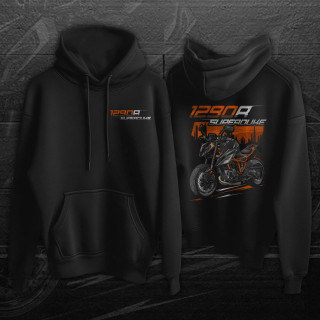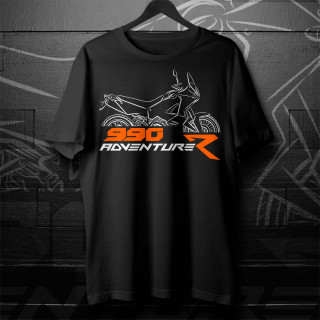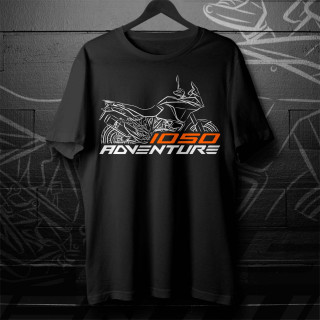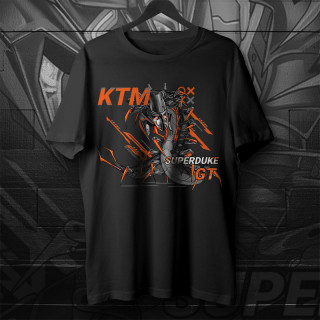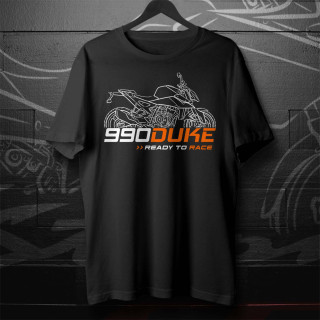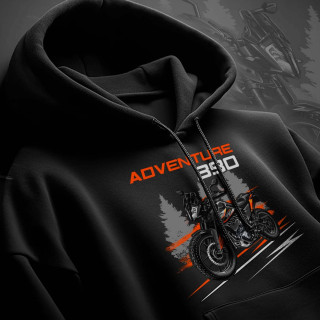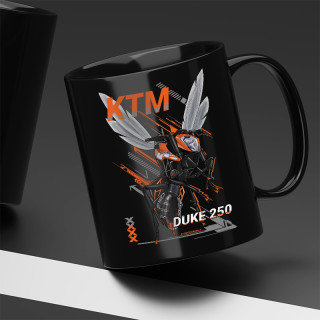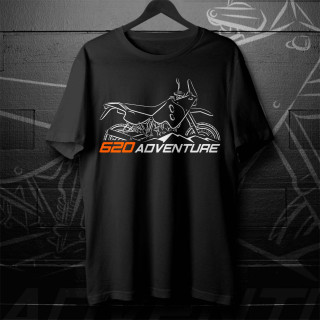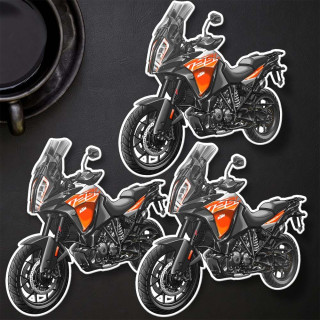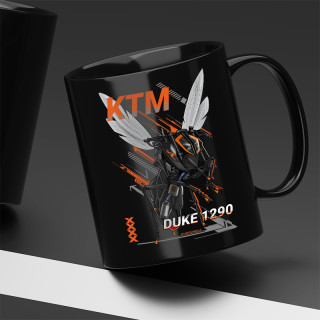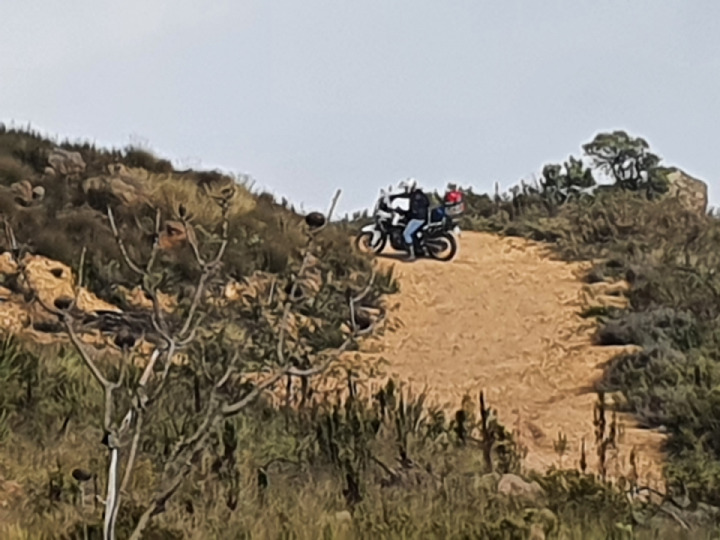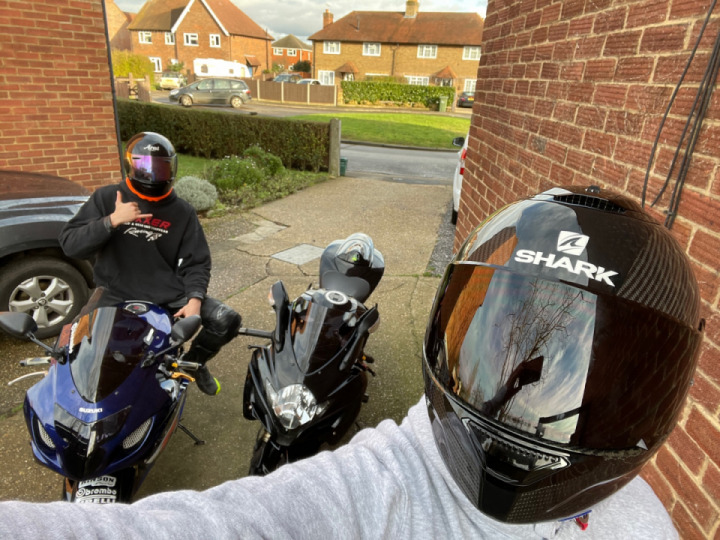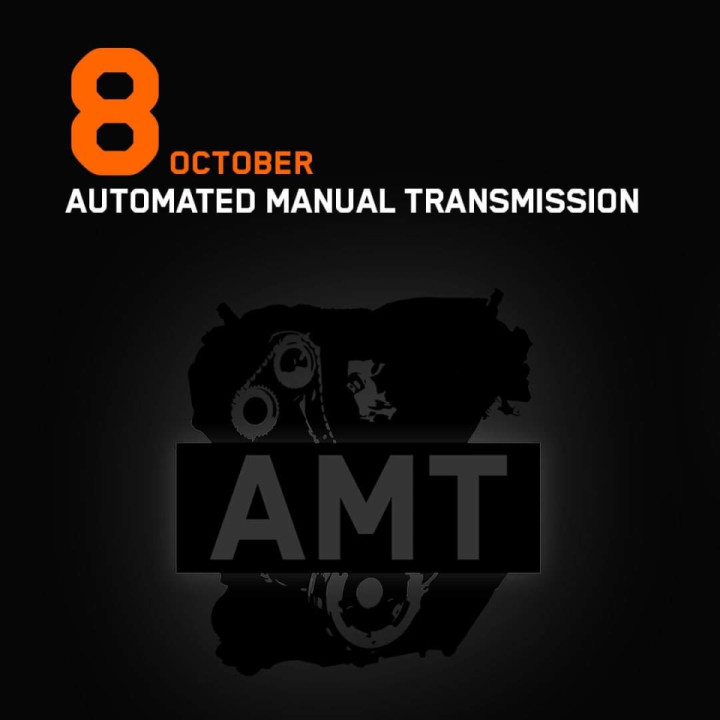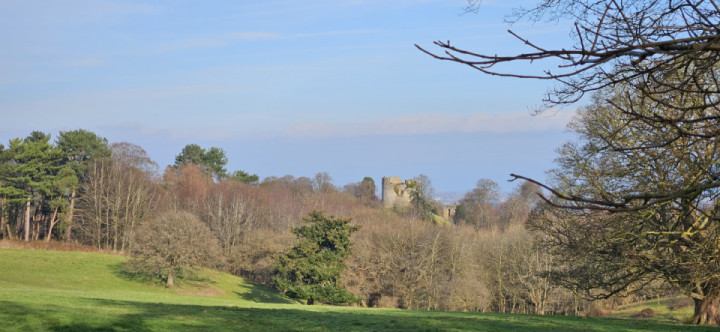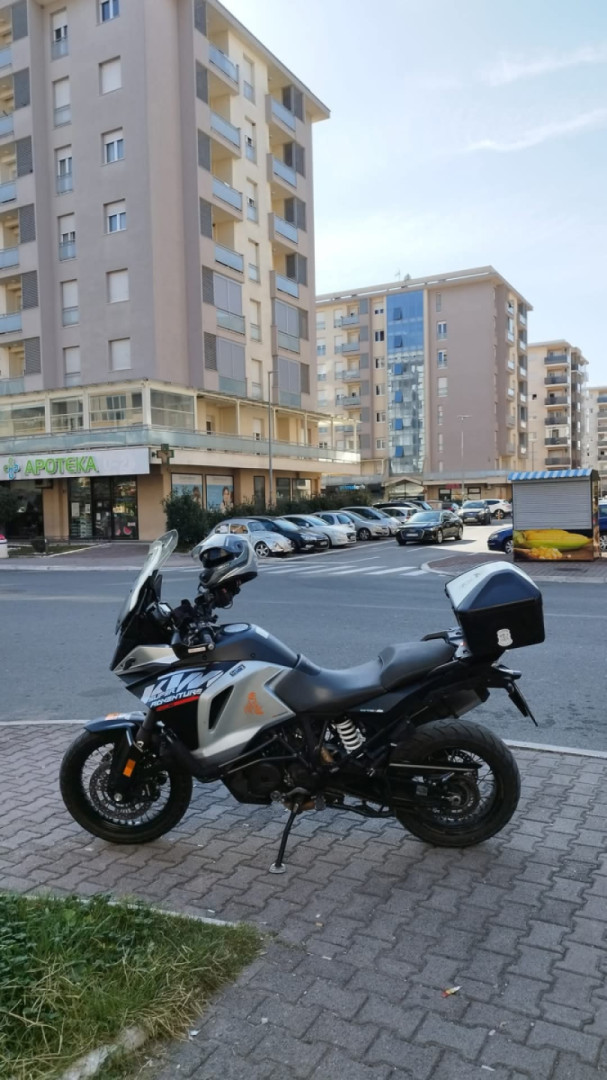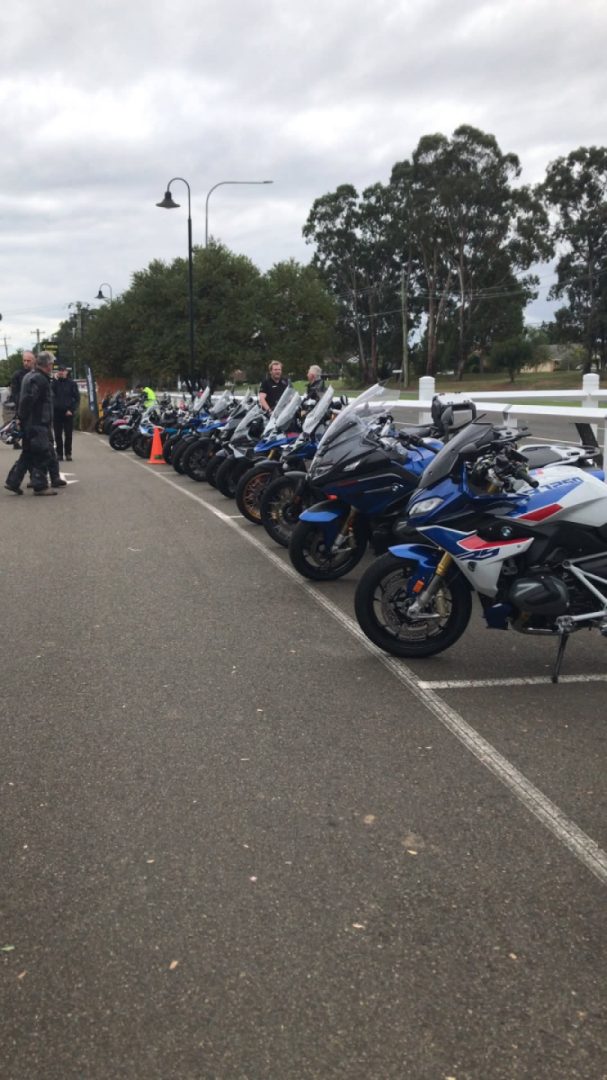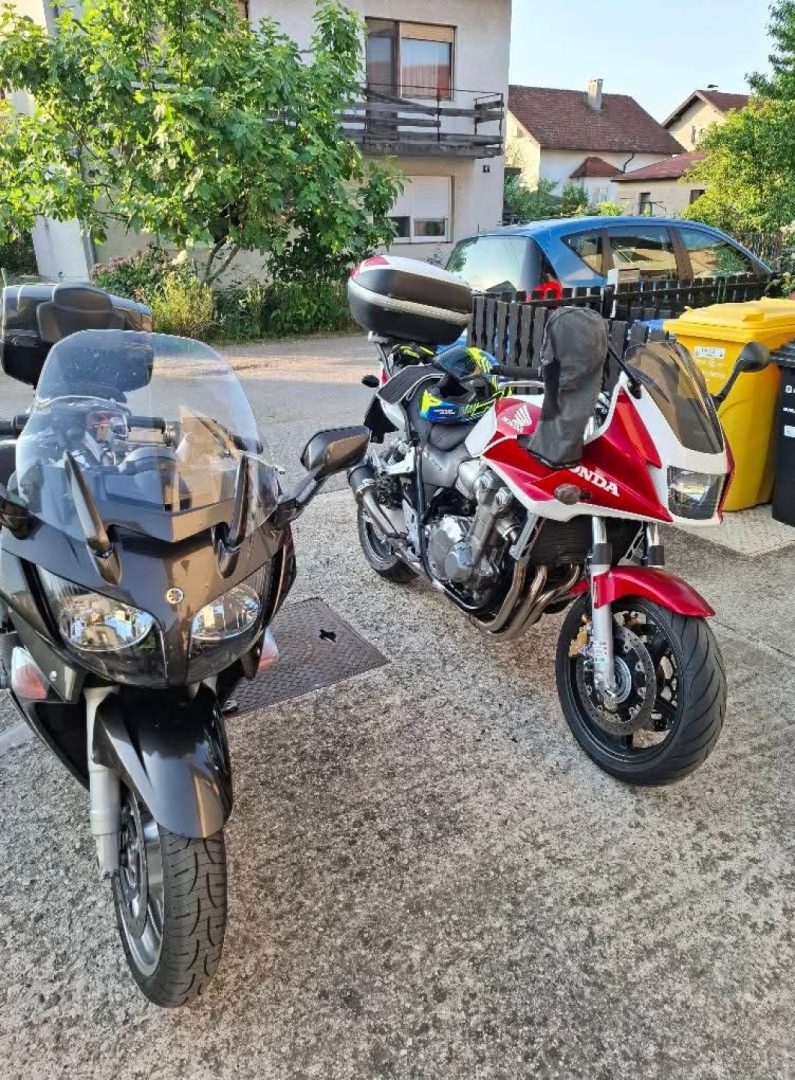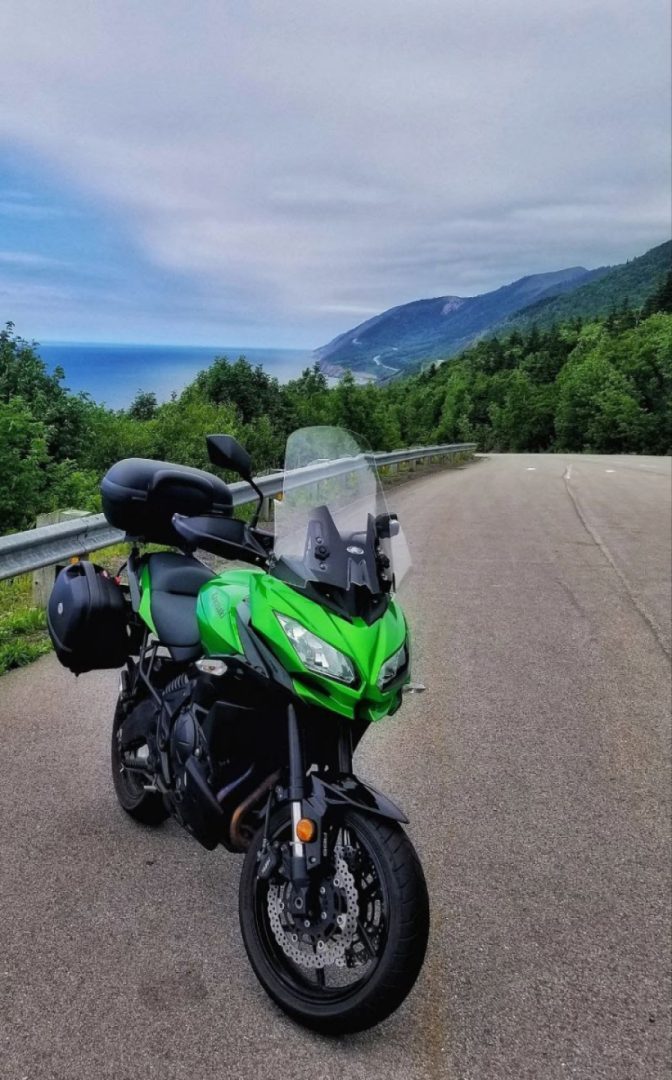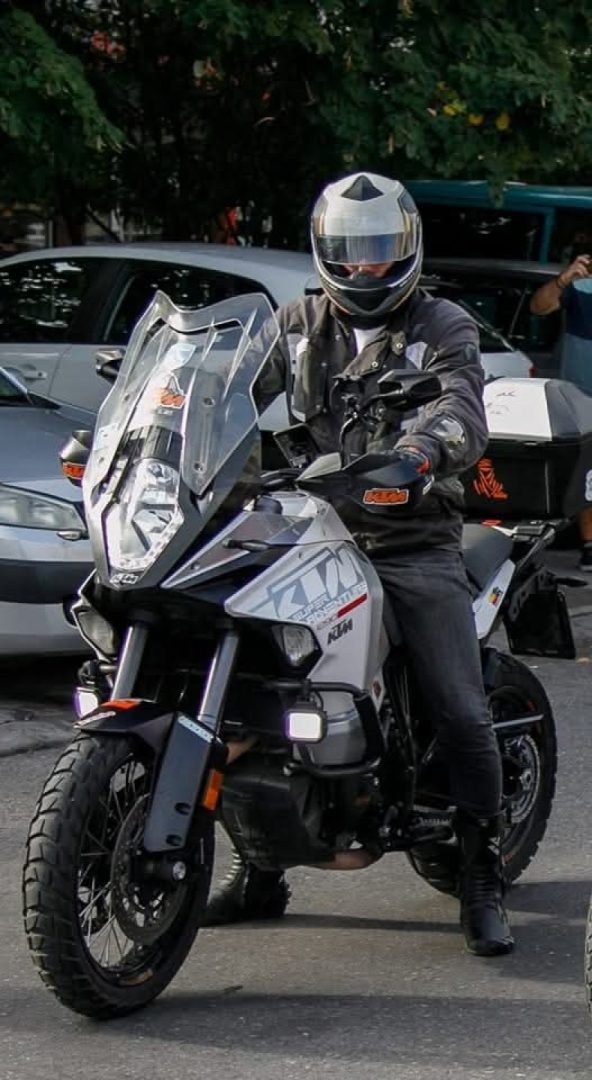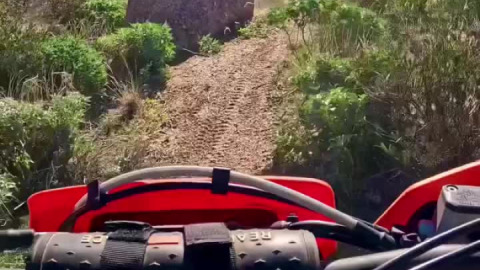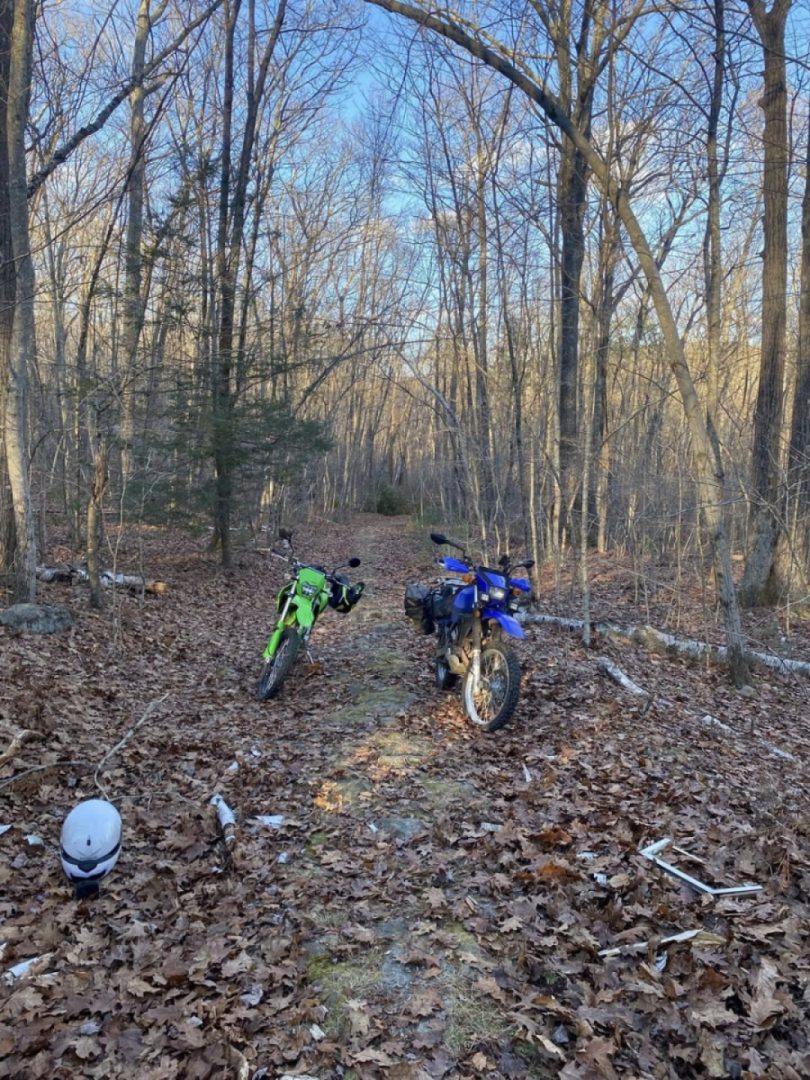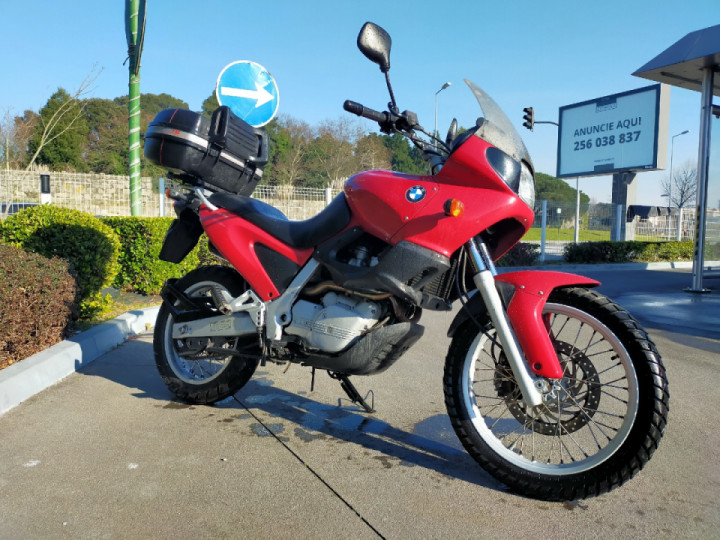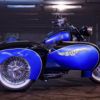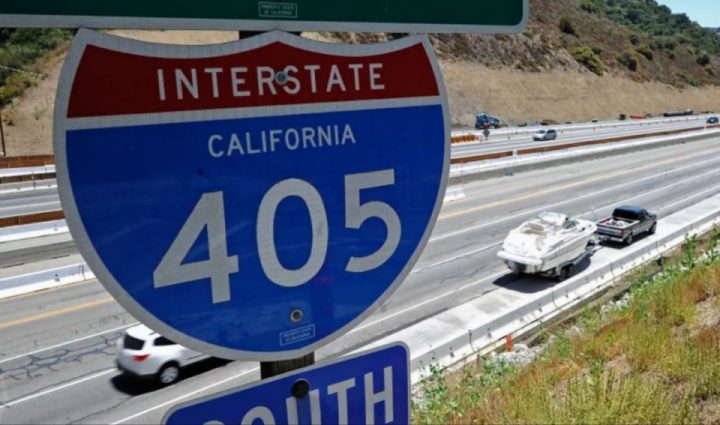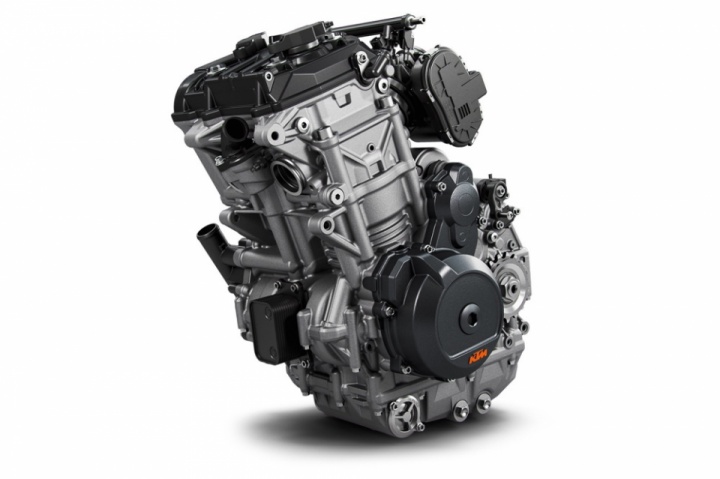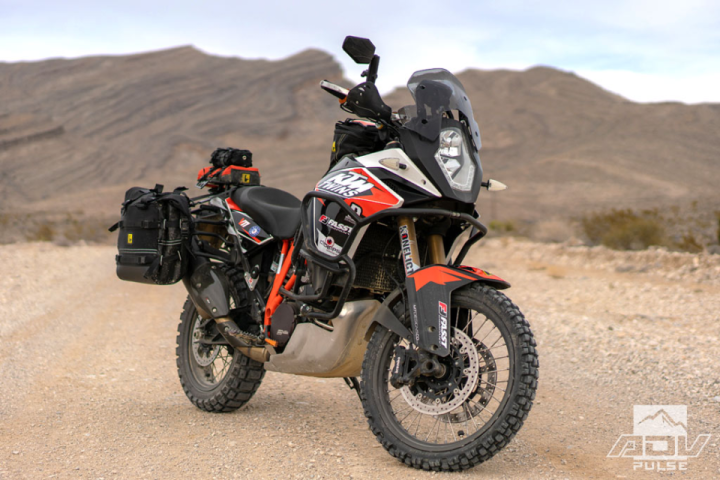
10 Fun Facts About KTM
Over the past three decades, 'KTM' has become a household name, but, in fact, the history of the company stretches back to before the Second World War, even though the motorcycle production only commenced in the 1950s. Here's all you need to know about this Austrian's illustrious history.
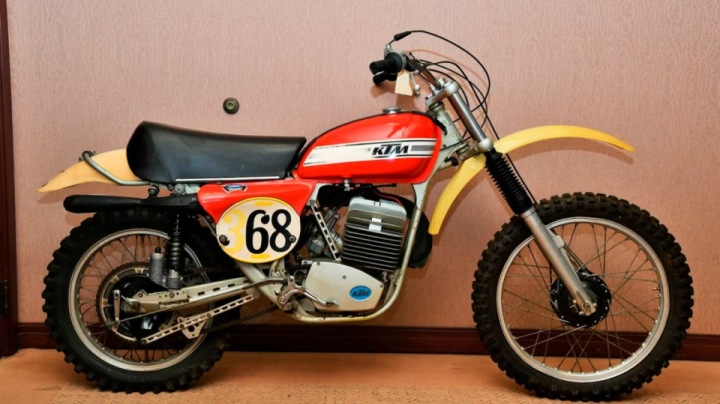
In 1934, Johann Trunkenpolz set up a business as a car repair shop in the small town of Mattighofen, Austria. The company operated under the name of Kraftfahrzeug Trunkenpolz Mattighofen. Soon, he was selling DKW motorcycles and Opel cars. During the Second World War, the business thrived on account of undertaking diesel engine repairs.
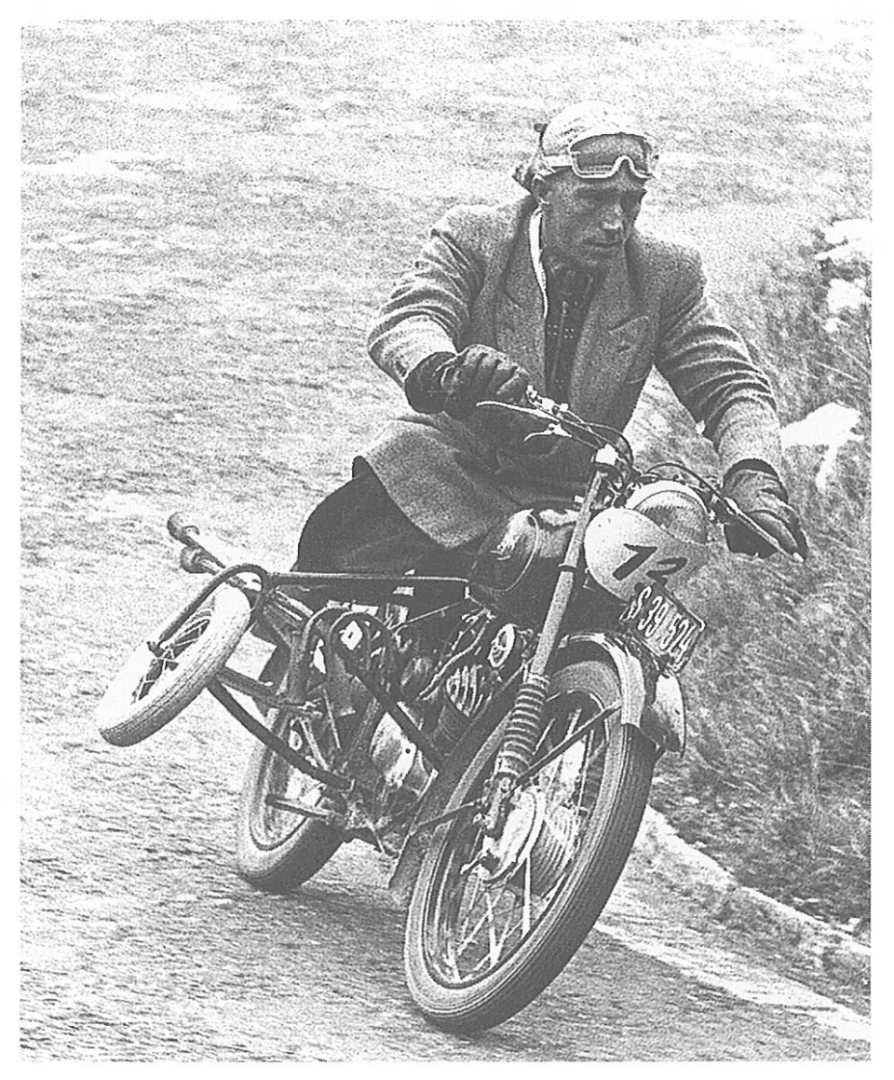
Naturally, this work decreased after the war and Trunkenpolz turned his thoughts to producing his own motorcycles. The prototype R100 was built in 1951, using a Rotax engine in cycle parts manufactured in-house. The first R100 models went on sale in 1953. Straight away, competition success came the fledgling manufacturer's way in the form of the Austrian 125cc National Championship. In 1956, Egon Dornauer won a gold medal in the International Six Days Trial. Even with these off-road successes, road bikes were still the company’s main focus, with several 125cc motorcycles and scooters.
The 1970s to the 1990s
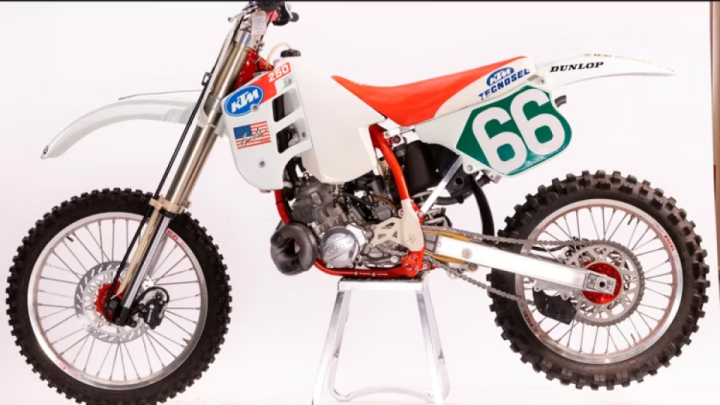
By 1971, KTM employed 400 people, and the off-road motorcycle range numbered 42 different models. In addition, the company started manufacturing car radiators which turned out to be an astute move as the ever-increasing strength of the Japanese motorcycle industry had as devastating an effect on KTM as it did on every other European and American motorcycle manufacturer. By 1988, the situation was dire and KTM ceased production of road-going scooters and mopeds, while the production of off-road motorcycles continued. Still, things weren’t going well, and, in 1991, the company filed for bankruptcy. Eventually, the management of the company was passed to creditor banks and was split into four entities: motorcycles, bicycles, radiators, and tooling.
Onwards and Upwards
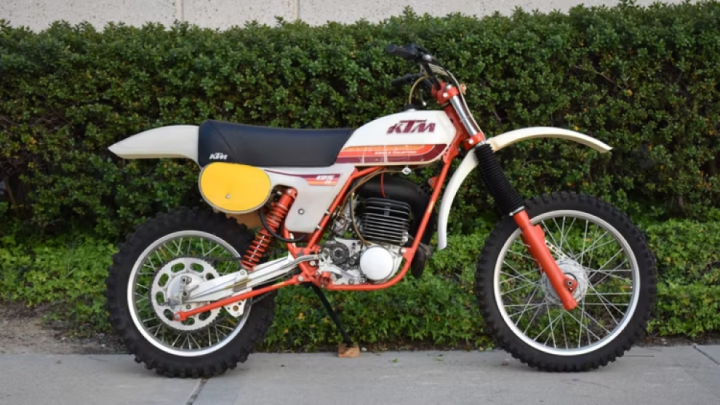
The motorcycle arm of the business was slowly but surely making progress, enabling the company to invest in production and R&D facilities, leading to new innovations and products. Off-Road motorsport was resumed with immediate success in both enduro and motocross categories. At the same time, KTM once again dipped its toe into road-bike production with the new Duke range of models. These were uncompromising road versions of their off-road models and included Supermoto and Adventure models, powered by a 620cc, liquid-cooled single-cylinder engine. With the rise in popularity of the BMW GS adventure models, this was excellent timing by the Austrian concern and, from that day to this, the two companies have traded blows in the fight for market share in the lucrative adventure segment.
1996: Orange Is the New Black
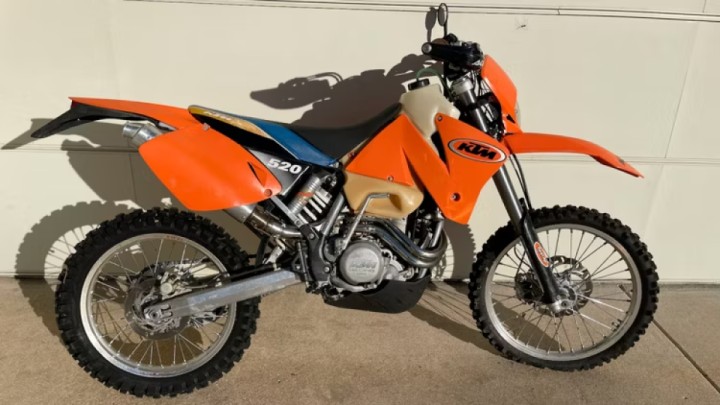
Many motorcycle manufacturers have a corporate color - Yamaha Blue, Kawasaki Green, and so on - and, in 1996, KTM debuted what would become their signature color, orange today, any orange motorcycle is instantly recognizable as a KTM, so much so that other manufacturers are reluctant to offer any models in orange.
Paris-Dakar Rally Domination
Started in 1979, the Paris Dakar Rally, as it was then called, soon became notorious as the toughest off-road rally raid event in the world. Right from the outset, motorcycles competed alongside cars and trucks, albeit in separate categories. The tough and powerful KTM machines, powered by the LC4 single-cylinder engine were strong contenders and, in 1998, KTMs filled second to twelfth place but it wasn’t until 2001 that KTM won their first Paris Dakar. However, despite waiting so long for an inaugural victory, once that first win was taken, the floodgates opened and KTM motorcycles won the next 17 Paris Dakar races (later changed to simply Dakar Rally when the race stopped traveling through North Africa after terrorist threats in 2008). This was an unprecedented success and cemented KTMs as the toughest motorcycles for the expert rider.
Unprecedented Off-Road Racing Success
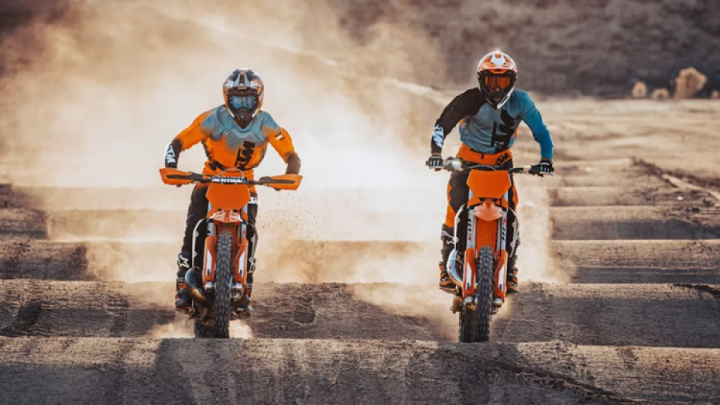
KTM's reputation today has been built on the back of utter dominance of off-road racing, whether MX or Enduro. KTM’s current tally is 96 MXGP, MX1, and MX2 world championships since 1974 and 114 E1, E2, E3, and Super Enduro titles since 1990. In total, the company has claimed 260 world championship titles across all disciplines, including three consecutive championships in AMA Supercross between 2015 and 2017. Also, KTM has 37 world titles in cross-country rally races and are a 15-time winner of the FIM Cross-Country Rallies World Championship.
Expanding The Company
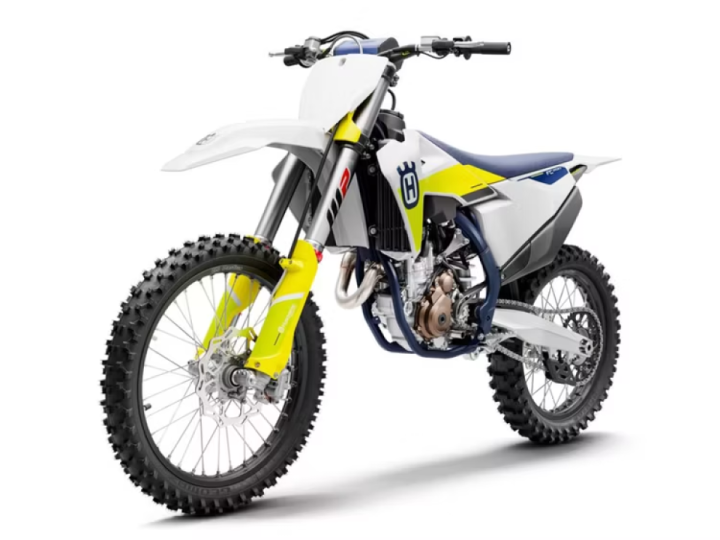
KTM has never been anything other than ambitious, even when the future looked shaky. In 1995, the company acquired Husaberg, a Swedish manufacturer born from the ashes of Husqvarna after that company was bought by Cagiva. In 2013, KTM bought Husqvarna from BMW, which had bought the name from Cagiva in 2007. At the same time, Husaberg as a brand was retired, although the new KTM-era Husqvarnas used a lot of Husaberg technology. In 2019, KTM bought Spanish off-road motorcycle manufacturer GasGas, and, with both purchases, KTM effectively brought much of their competition in-house, carefully aiming GasGas, Husqvarna, and KTM off-road ranges at slightly different markets. Also, in 1995, the KTM group bought White Power Suspension from its Dutch owners. Subsequently renamed WP, all KTM group products, both road and off-road, use WP and even the MotoGP teams use WP in preference to the Öhlins suspension used by every other manufacturer.
Increasing The Road Bike Market Share
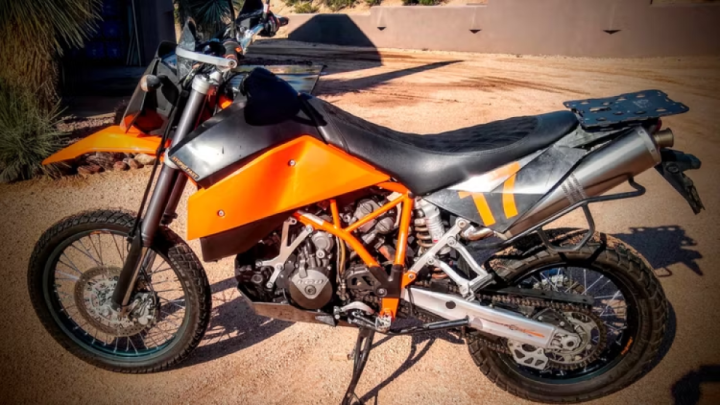
In 2003, KTM’s road bike program really got off the ground, with the introduction of the 950 Adventure and, later, 990 Duke models. Powered by a new LC8 V-twin engine, these were uncompromising motorcycles that needed an expert’s touch and skill to get the best out of them. Both motorcycles represented the start of an obsession with speed and power that continues to this day with the 1290 Super Duke and 1290 Super Adventure models. Those early models came without any of the sophisticated electronic rider aids that are such an important factor of today’s models and were, therefore, treated with respect by anyone who was lucky enough to ride them. The 2010s were a period of expansion for the company, with new engines, new models, and constant development of existing models continuing apace.
Stepping Into MotoGP
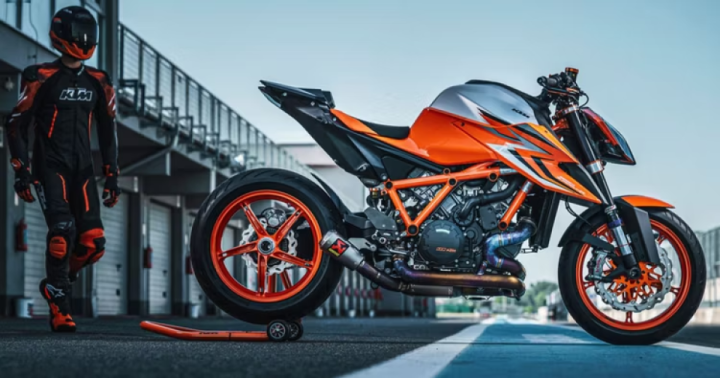
A consequence of KTMs increasing market share in the road bike market prompted the company to take a serious look at road racing and, in 2003 the company commenced its participation in the 125cc and 250cc Grand Prix racing categories (later to be re-named Moto3 and Moto2 respectively). In 2013, it was announced that the company would enter the premier class MotoGP World Championship in 2017, despite work on the project not having started at that point. Choosing to use a V-4 engine, the prototype bike was ready to test in 2015, with the first race appearance taking place in Valencia, the last race of the 2016 season. In 2017, the team appeared for its first full racing season. Points were scored but it was clear that KTM still had a lot of development to undertake, a process made easier by the decision to use a steel trellis frame, which could be altered much more easily than a double-beam aluminum frame as used by every other team.
In 2020, South African rider Brad Binder scored KTM’s first race victory, at their ‘home’ track, the Red Bull Ring in Austria. Binder’s teammate Miguel Oliveira won two further races that season. In 2021, Brad Binder scored an outrageous victory, again at the Red Bull Ring, when he completed the last three laps on a soaking wet track, riding on slick tires while all the other front-running competitors had come into the pits to change to rain tire-equipped bikes. Despite having no grip and no brakes (carbon brake discs only work when extremely hot: in the wet weather and with no grip, Binder was unable to brake hard enough to generate any heat at all in the brake discs), Binder was able to win by several seconds.
Four Wheels And Into the Future
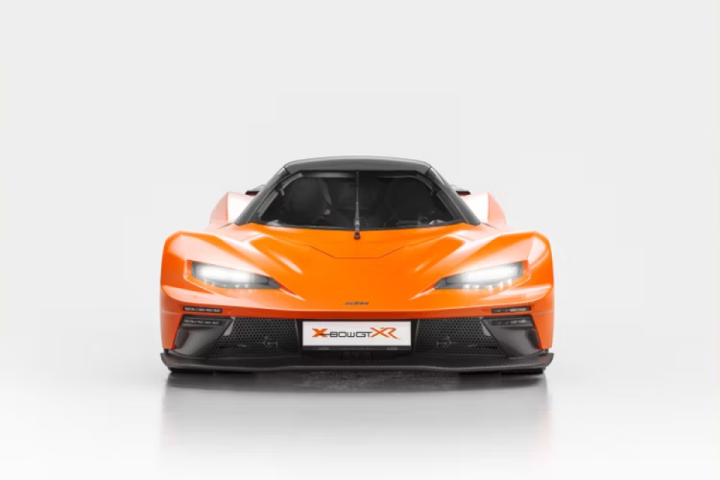
In 2008, KTM stunned the world when it introduced the radical X-Bow sports car. Unlike anything else on the road, it was truly a four-wheeled motorcycle. Powered by a four-cylinder Audi 2.0-litre, turbocharged engine, it had motorcycle-like performance, which was given a further dose of insanity in 2012, when the Audi 2.5-litre five-cylinder engine was fitted. Recently, KTM announced the latest X-Bow model, the X-Bow GT-XR. In line with every other motorcycle and car manufacturer, KTM’s future is inextricably linked to electric motorcycles. KTM has, since 2020, offered the Freeride EX-C electric off-road model and there are rumors of an electric road bike under development, although there is no official word on when that might appear in front of the public.
Credit: Top Speed
#KTM #Moto #Motorcycle #Bike


